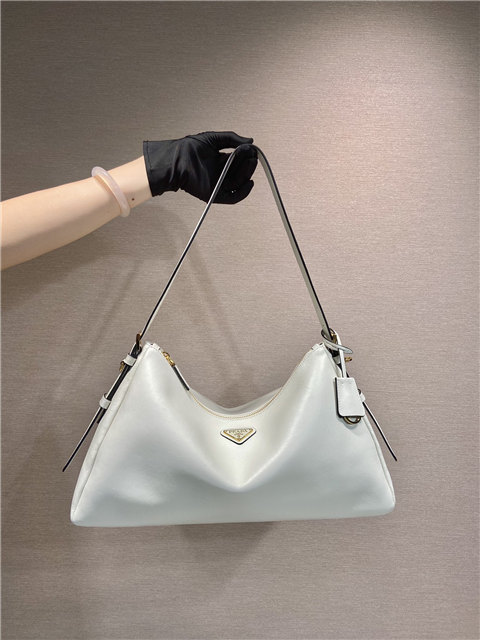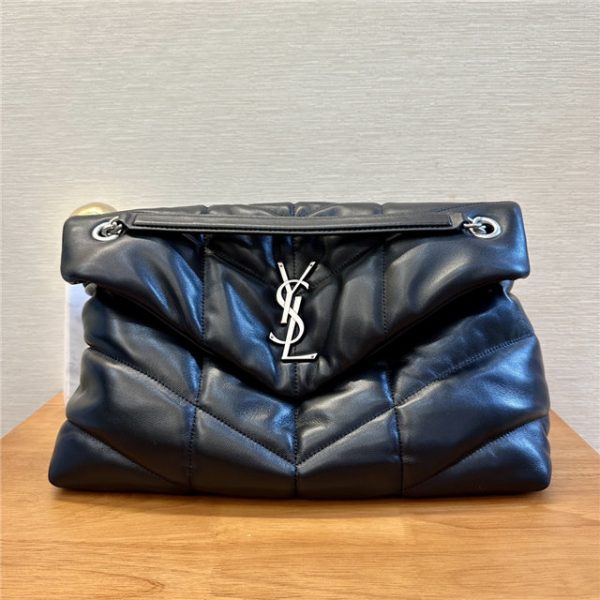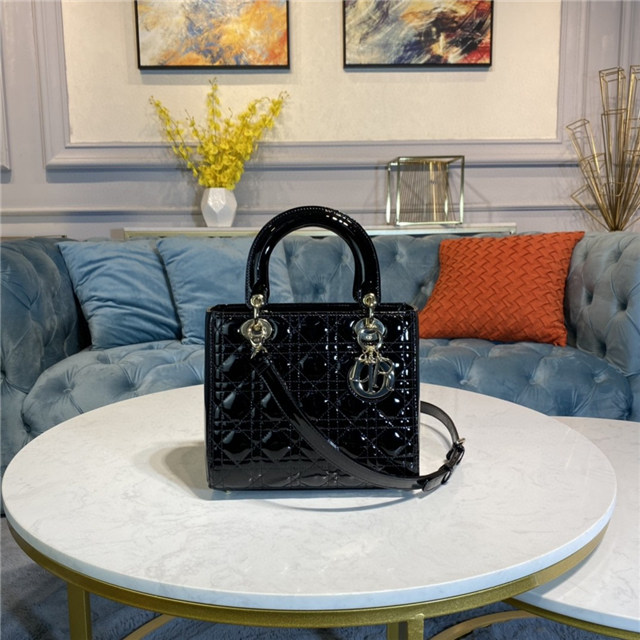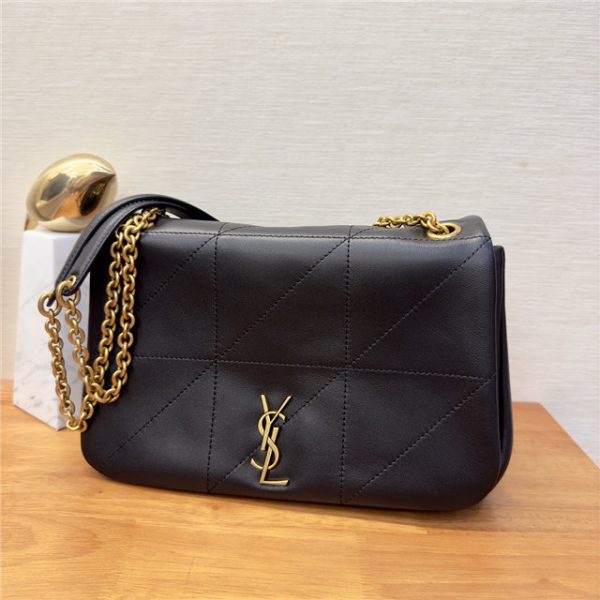First off, lemme just say, “handmade Rolex” is kinda a loaded term. Like, are they *completely* handmade, from smelting the gold to, uh, winding the spring? Nah, dude. That’s some fantasy level watchmaking. But are they *mass-produced* robots spitting out identical timepieces? Also no. It’s…complicated.
Think of it like this: Rolex is a master of efficiency. They use machines where it makes sense. Why would you have a human hand perfectly screwing in a tiny screw *every single time* if a machine can do it faster and with more precision? That’s just smart business. And Rolex, as much as we love to wax poetic about their history and artistry, IS a business.
But then you got stuff like the dials. The articles I’ve seen straight up say they’re *largely* handmade. That suggests a human element, right? Someone, somewhere, is meticulously painting, applying markers, and generally making sure that dial looks like a million bucks (which, let’s be honest, a lot of ’em cost close to!). That’s where the “handmade” magic kinda shines through.
And honestly, that’s what makes Rolex so damn appealing. It’s this weird, almost paradoxical blend of cutting-edge technology and old-school craftsmanship. They ain’t shy about using robots, but they also appreciate the human touch. It’s that balance that makes them feel…special.
I saw this one headline talking about “勞力士黑色鱷魚錶帶巧將手工錶帶 Handmade Rolex padded.” (sorry, I don’t read whatever that is, but I can’t translate it!) So, even the straps aren’t thrown together, there is a focus on handmade bits.
Now, before you go thinking I’m a Rolex shill, let me be clear: they’re expensive. Like, *really* expensive. And you could argue that a lot of that price is just branding. But you know what? Even if it is, they’ve earned that branding. They’ve consistently produced high-quality watches for decades. And that attention to detail, even the details that are machine-made, contribute to that reputation.
Plus, let’s not forget the movements. While I’m sure robots play a role in assembling them, the regulation and fine-tuning are often done by skilled watchmakers. It’s that human eye, that experienced hand, that can tweak a movement to within chronometer specs. That’s not something a robot can easily replicate…yet.

















